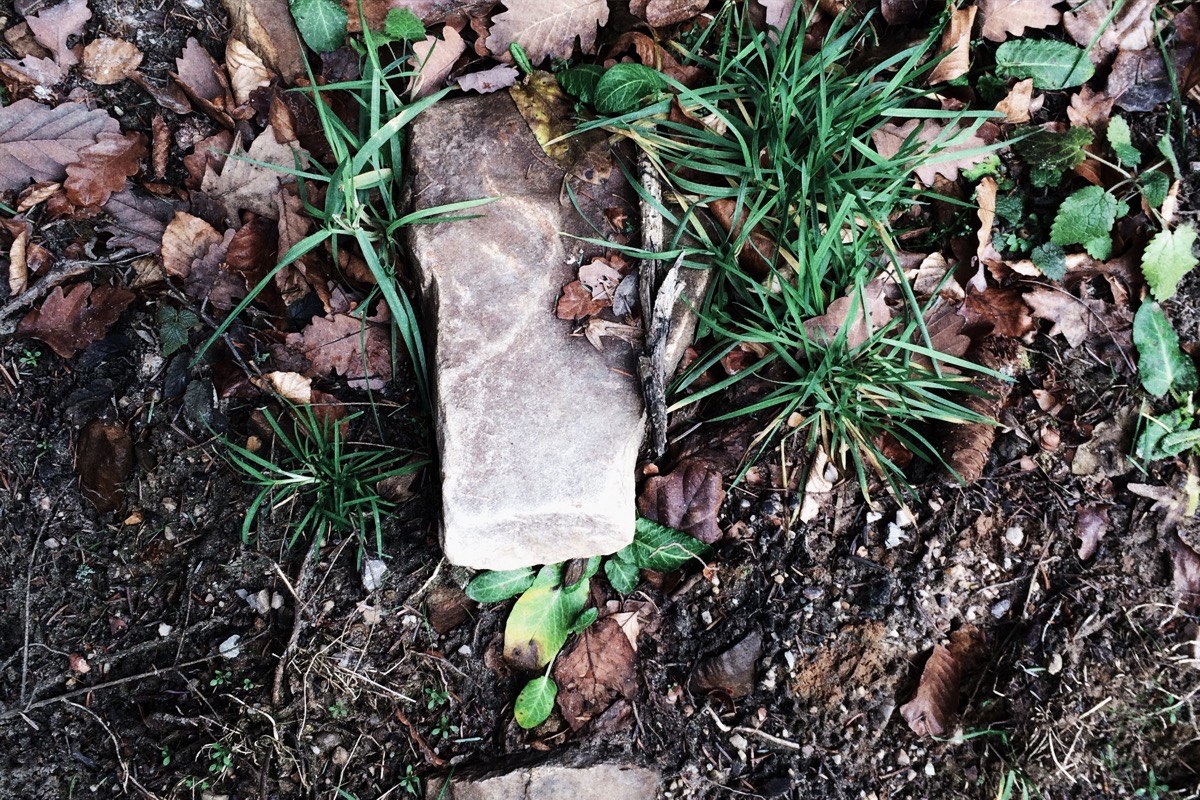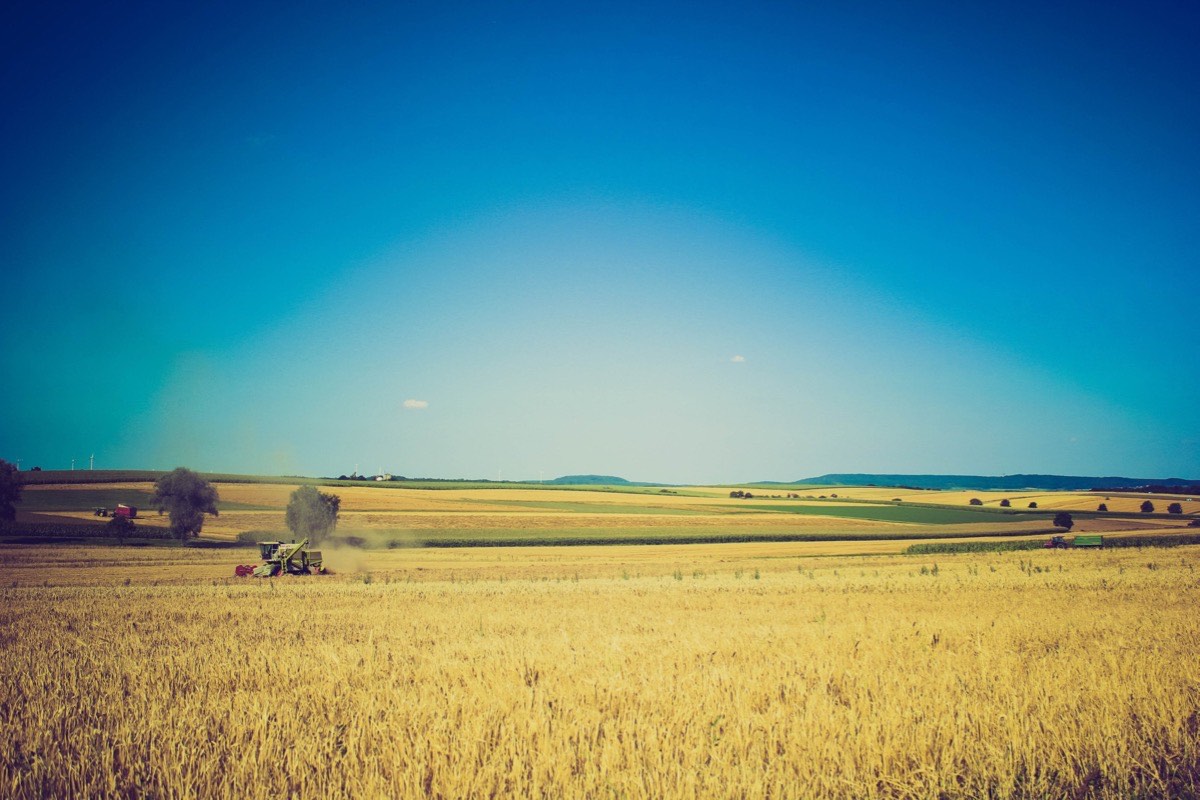Organic soil quality increases over time
For plants to be healthy, the soil they grow in must be healthy, too. Healthy soil may be defined simply as soil that allows plants to grow to their maximum productivity without disease, fertility or pest problems limiting production, and without a need for unusual supplements or support. According to the Environmental Working Group and soil scientists at Iowa State University, America’s “Corn Belt” is losing precious topsoil up to 12 times faster than government estimates. Over the years, the FST organic systems have exhibited a number of notable improvements the conventional system did not, including soil that regenerates rather than eroding away.
“Currently, conventional agriculture uses an enormous amount of oil to manufacture, transport and apply fertilizers and pesticides. All these processes release large amounts of greenhouse gases into the atmosphere.”
Fertile soil, rich in organic matter and microbes, creates a more
stable environment
for plants. In times of stress, organically-managed soil has greater ability to provide for
crops what the weather has not. The Farming Systems Trial has provided the following insights
about soil quality.

As the world’s energy crisis continues, smart and efficient use of resources will become increasingly essential. Currently, conventional agriculture uses an enormous amount of oil to manufacture, transport and apply fertilizers and pesticides. All these processes release large amounts of greenhouse gases into the atmosphere. Figures from the Intergovernmental Panel on Climate Change (IPCC) say that agricultural land use contributes 12% of global greenhouse gas emissions.



